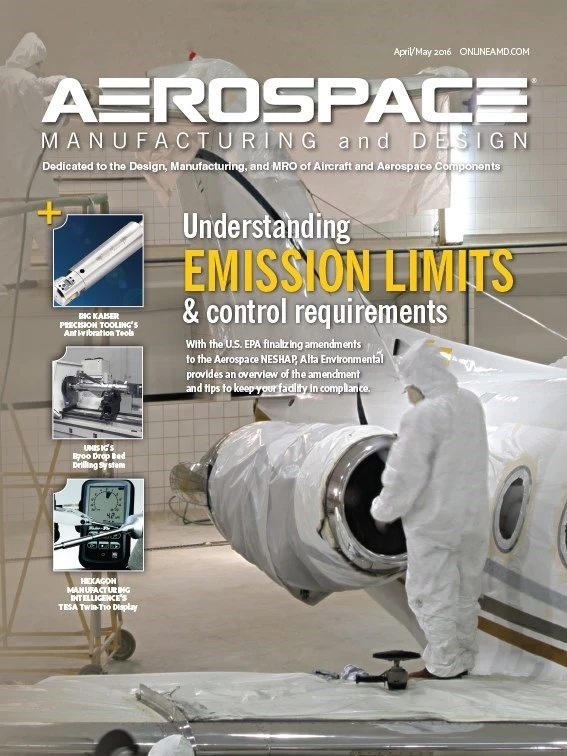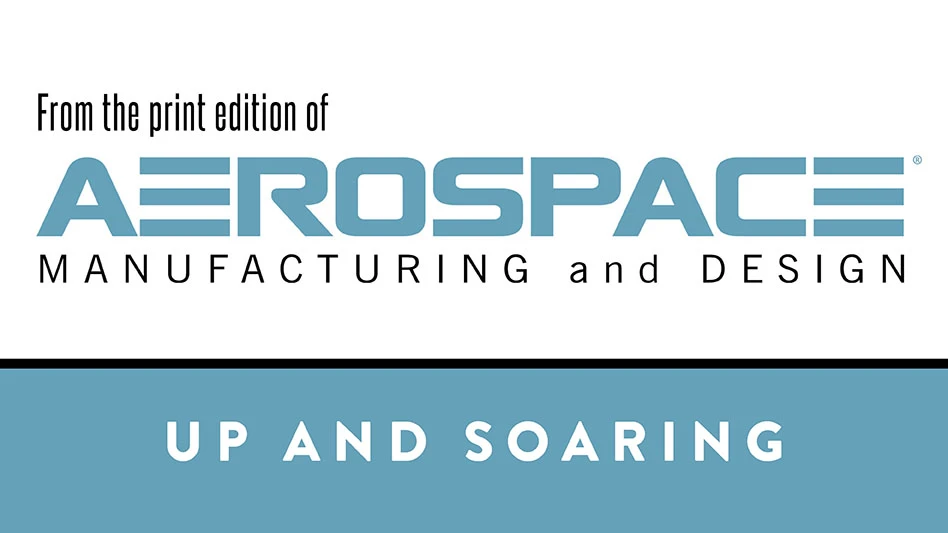
The Internet of Things (IoT) has already changed the aerospace industry, enabling companies to identify production inefficiencies and problems sooner and enhance quality control and supply chain traceability and efficiency, saving time and money. And as more aerospace companies leverage IoT to capture and communicate more data, more accurately, more reliably, they’re spending more to take advantage of the enhanced machine learning and machine-to-machine (M2M) communication it brings.
One way to help pay for these investments is to claim the newly enhanced federal Research Tax Credit (RTC), RTCs offered by most U.S. states, and those offered in more than 35 other countries.
RTC overview
Depending on the U.S. state in which your development efforts are undertaken, federal and state RTCs can produce a cash savings of up to 20% of qualified spending – even more for smaller companies in certain states.
Qualified spending generally includes taxable wage, supply, contractor, and cloud-computing expenses for attempts to develop or improve the functionality, performance, reliability, or quality of a product, process, software, invention, technique, or formula to be held for sale, lease, or license or used in the taxpayer’s business (business component).
To qualify, these attempts must involve a process of evaluating alternatives to eliminate uncertainty regarding the taxpayer’s capability or methodology to develop or improve a component, or the component’s design. That process’ success or failure must fundamentally rely on technological principles – engineering or the computer, physical or biological sciences – not non-technological principles such as economics or law.
If you’re trying to develop or improve software or sensors to leverage IoT, you’re probably eligible for an RTC. It doesn’t matter if you succeed, if your competitor has already developed the software or sensors you’re trying to develop, or how big or small your organization is. It only matters that you try. And thanks to recent enhancements, the RTC is now an even more powerful investment vehicle.
RTC enhancements
Until this year, the RTC expired every year or so and could be used only against regular income taxes. Companies were often unsure of whether they would be able to benefit from the RTC in a particular year – the RTC was often extended only after the year to which it applied had passed. And if companies weren’t paying regular incomes taxes, they couldn’t benefit. Consequently, many smaller companies and start-ups that undertake some of the most innovative developments couldn’t benefit from the RTC, often being in a taxable loss or alternative minimum tax (AMT) position.
Developments in December 2015 changed all of this. The federal RTC is now permanent; and starting with tax years beginning after 2015, certain small businesses may take the RTC against their regular income tax, AMT, or payroll taxes.
Qualified small businesses may offset up to $250,000 of their portion of their federal payroll taxes for up to five years. A qualified small business generally is a corporation, S corporation, or partnership that had gross receipts of less than $5 million for the taxable year and did not have gross receipts for any taxable year before the five-taxable-year period ending with the current taxable year.
Eligible small businesses may use RTCs to offset their AMT. An eligible small business is generally a privately held corporation, partnership, or sole proprietorship with less than $50 million in average annual gross receipts for the three preceding taxable years.
State RTCs
Most states provide RTCs modeled on the federal RTC. There are noteworthy differences, however. In addition to credit rates differing – the federal rate is 20% or 14%, depending on whether you report the regular or alternative simplified credit. Most states’ rates are lower, and some states offer additional benefits such as a refundable or transferable credit. Refundable credits are paid to taxpayers even if they don’t owe taxes; transferable credits may be sold or transferred to other taxpayers. So although certain small businesses may now use the federal RTC to offset up to $250,000 of their portion of federal payroll taxes, states that allow companies that aren’t paying taxes to benefit currently from refundable or transferable credits include Arizona, Connecticut, Hawaii, Louisiana, Maryland, Massachusetts (life sciences companies), Nebraska, New Jersey, New Mexico, Pennsylvania, and Virginia.
Another way to enhance the value of RTCs is to allow them to be carried back and forward. Federally, if a taxpayer can’t use the RTC in the year it was generated, it can be used to offset tax liability for the prior year or for one of the next 20 years. Many states offer even more generous carryover periods. California, for example, allows RTCs to be carried forward indefinitely.
Other states, however, provide additional hurdles – most commonly requiring that RTCs be applied for and/or capping RTC amounts allowed each year. Virginia and Arizona require taxpayers to file an application to try to secure their states’ RTCs. Because these states also cap their RTCs at a certain dollar amount, it’s important to file an application as soon as the statute allows. Some taxpayers who filed an application only a few hours after the submission period started didn’t receive a credit because the state’s cap had already been hit.
The federal RTC does not require an application, and there is no cap on the amount of federal RTCs that can be claimed. Other than the time it takes to identify them, there is no cost to claim RTCs.
Claiming and documenting credits
Federal and many state RTCs are claimed by simply filing the appropriate RTC form as part of timely-filed tax returns. As noted, some states require that an application be filed as well, so it’s important to be aware and mindful of these applications’ deadlines.

No other particular documentation is required. Federal regulations state only that a taxpayer “must retain records in sufficiently usable form and detail to substantiate that the expenditures claimed are eligible for the credit.” This generally means that companies must be able to prove that expenditures were in fact made and relate to qualified activities. Courts have repeatedly held that credits can be supported by estimates and oral testimony.
Funding technology
Continuing advances in the technologies that make the IoT possible – sensors, automation, cloud computing, Big Data, etc. – are requiring companies in all areas of the aerospace industry, from design and engineering to manufacturing and maintenance, to increase their investments in new technologies. Federal, state, and even non-U.S. RTCs can help finance these investments, if they are properly identified and claimed.
BDO USA LLP
About the authors: BDO USA LLP’s Chai Hoang, R&D tax services senior associate, can be reached at choang@bdo.com. BDO USA LLP’s Chris Bard, national leader of R&D tax credit services, can be reached at cbard@bdo.com. BDO USA LLP’s Rick Schreiber, national leader of the manufacturing and distribution practice, also sits on the National Association of Manufacturers’ board of directors and can be reached at rschreiber@bdo.com.

Explore the April May 2016 Issue
Check out more from this issue and find your next story to read.
Latest from Aerospace Manufacturing and Design
- America Makes announces QTIME project call
- Innovation meets precision for 40% faster machining
- Upcoming webinar: Pro tips from a supply chain strategist
- Heart Aerospace relocates to Los Angeles
- Fixtureworks introduces Stablelock Clamps
- Piasecki acquires Kaman's KARGO UAV program
- PI Americas’ long-travel XY piezo nanopositioners-scanners
- AAMI project call submission deadline extended to May 12





